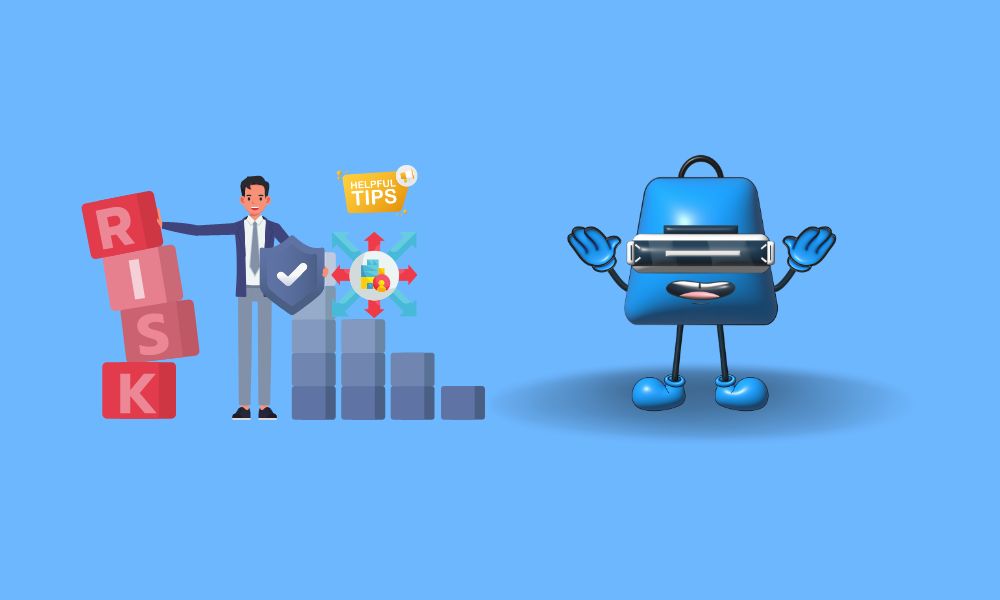
Financial, legal, strategic, and security threats to a company's assets and profits are all areas that need to be identified, assessed, and mitigated as part of effective risk management.
This is an important matter, so I'm sharing my ideas with as many people as possible. Hope this helps.
Many people have emptied their bank accounts and lost money in recent years. Some were probably scared.
How people can spend money and risk their family is incomprehensible. Personal well-being depends on trading risk management.
Some readers may find this helpful or want to reread these guidelines.
In the spirit of my book, I'll compress the topic here.
Never break trading rules. Trading is a hard industry, not a get-rich-quick gimmick.
Learning requires effort, tolerance, and a willingness to make mistakes.
Mistakes are more important than successes. Failure reveals why something doesn't function.
Every agreement you make exposes you to risk, so you must balance the benefits and cons.
The calculated risk/reward is an estimate, and real outcomes may differ substantially. If you're well-informed and prepared, you may sketch out a safe risk for entering trades.
Learn where support and opposition are and explore all outcomes. What will you do if the light changes? Which doors on each floor are most convenient?
With this data, you may evaluate risk-to-reward.
Before placing a transaction, successful day traders consider the risk and loss.
A day trader seeks trades where the return exceeds the risk.
The prospective benefit justified the risk, according to most.
The risk/reward ratio is the ratio between your willingness to risk and expected payoff.
If you plan to make $400 or lose $100, the risk-to-reward ratio is 1:4. If you risk $100 to make $100, the risk-to-reward ratio is 1:1, like casino odds.
Seek trades with high risk-to-reward ratios, 1:2 or above, to boost trading returns.
Traders agree a 1:2 distribution ratio is ideal. Technical chart analysis or financial stock study might improve ratios.
Our stop-loss level should be set just below important support levels.
Plan is to stop declining profits before they soar. Consistently leaving a losing deal is difficult for traders.
Inaction can lead to catastrophic losses, margin calls, and empty accounts.
Before making a move, assess the risk.
You shouldn't risk more than you can afford to lose with your broker.
Small deposits protect your account. This post has four suggestions.
First, You don't risk much and use a tiny stop loss.
Second, you can average down if the opposite tendency is occurring.
Third, purchasing pullbacks or dips might be advantageous if the trend is strong.
You'll stay calm if the price moves against you.
Next topic.
High leverage can result in big winnings, but a beginner trader won't know which positions provide the most profit potential.
Even seasoned traders risk a big amount of their wealth and leave it on the table. They use a small amount.
If you use leverage, you risk losing more money, but if you lose money, your leverage reduces, making future losses more difficult.
Beginners need just be told, "Take your hands off the big lever."
You couldn't even self-destruct with it. Financial success will be slow to come.
Safety first. If you trade for a while, taking profits and reducing losses, you'll gain market experience and trading knowledge. Then, analyze leverage's optimum uses.